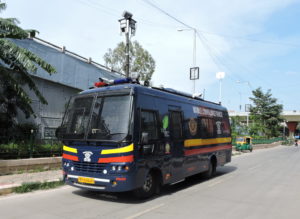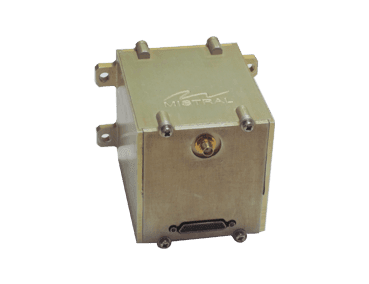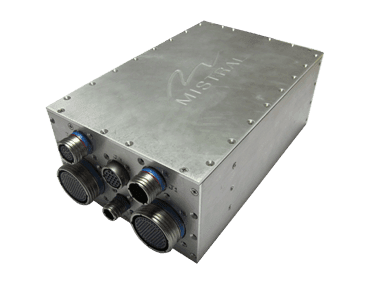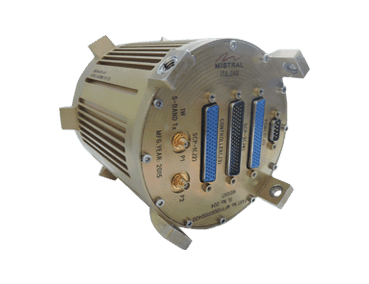
PCM Telemetry Encoder
PCM Telemetry Encoder [Pulse Code Modulation] is used to encode the data in a serial digital format, and transmit it on a carrier to another location for decoding and analysis. PCM systems are less susceptible to noise than analog systems, and the digital data is easier to transmit, record, and an
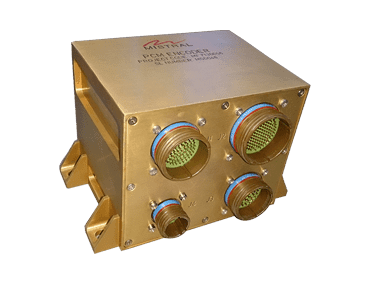
Overview
IRIG 106 compliant, FPGA-based PCM Telemetry Encoder with Data Acquisition, Conversion, Frame processing and PCM output section. This system has been subjected to environmental test and has been qualified for airworthy application.
TECHNICAL SPECIFICATIONS
- 62 direct-coupled Analog Inputs supporting sampling rates of up to 16 KHz
- Two isolated Analog Inputs supporting sampling rates of up to 4 KHz
- 64 isolated Digital Inputs supporting sampling rates of up to 16 KHz
- MIL-STD-1553 Monitor/Remote Terminal with a dual-redundant bus interface (operating at 1 Mb/sec) monitors the on-board bus and captures the transactions
- Four UART channels monitor on-board serial communication, at Baud rates of up to 307.2 Kb/sec
- Automatic Frame Synthesis from user inputs (conforming to IRIG 106 format)
- PCM bit rates range between 0.1 Mb/sec to 4 Mb/sec
- Data I/O Module supports Synchronous and Asynchronous modes of transmission
- Programmable 6-pole Bessel filter on the Bi-Phase L Output
- Power input is via a Mil-grade 28V DCDC Converter, with front-end filters for MIL-STD-461C EMI/EMC
- Delayed Start-up option, with up to 100 minutes of programmable delay
- Host Application


